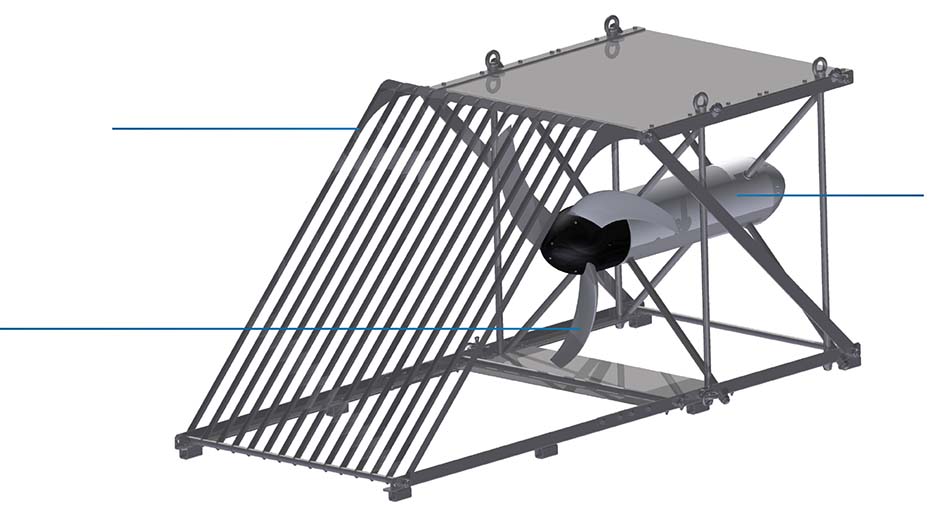
 1
1








John Daley Bendigo, Australia The Enemy of progress is the hope of a perfect plan
Benefits of rainfall collection https://permies.com/t/88043/benefits-rainfall-collection
GOOD DEBT/ BAD DEBT https://permies.com/t/179218/mortgages-good-debt-bad-debt
 2
2




John C Daley wrote:Are you planning a system?





Iterations are fine, we don't have to be perfect
My 2nd Location:Florida HardinessZone:10 AHS:10 GDD:8500 Rainfall:2in/mth winter, 8in/mth summer, Soil:Sand pH8 Flat






Steve Zoma wrote:1 cubic foot .... for a 2900 watt system
Iterations are fine, we don't have to be perfect
My 2nd Location:Florida HardinessZone:10 AHS:10 GDD:8500 Rainfall:2in/mth winter, 8in/mth summer, Soil:Sand pH8 Flat
 1
1




 1
1










Iterations are fine, we don't have to be perfect
My 2nd Location:Florida HardinessZone:10 AHS:10 GDD:8500 Rainfall:2in/mth winter, 8in/mth summer, Soil:Sand pH8 Flat




S Bengi wrote:https://waterdata.usgs.gov/monitoring-location/01034500/#parameterCode=00060&period=P365D&compare=true
Summer:
Depth of 2ft
Flow = 5,000cfs (~2,500,000gpm)
(the yearly average is about 2X the flow and depth , and spring 3X)
Width = ??
What type of Hydrokinetic turbine could someone directly put in a 2ft deep stream?
Would you recommend that said person get a canal/penstock/etc, to setup a more controlled enviromend.
The biggest question is where can I get buy a hydrokinetic turbine, that delivers 500W-5,000W for say $2,000-$5,000.

|
Is that a spider in your hair? Here, threaten it with this tiny ad:
Freaky Cheap Heat - 2 hour movie - HD streaming
https://permies.com/wiki/238453/Freaky-Cheap-Heat-hour-movie
|



